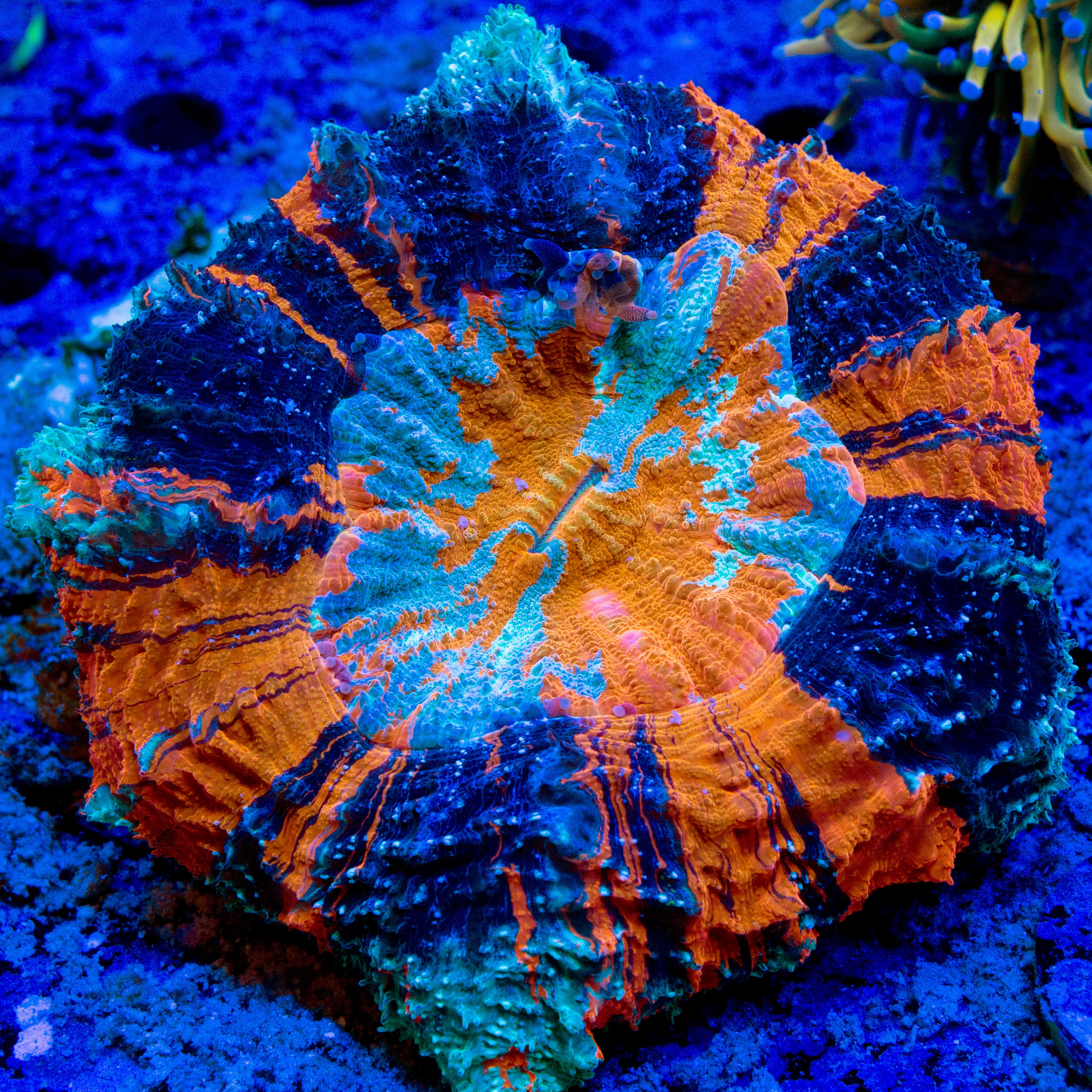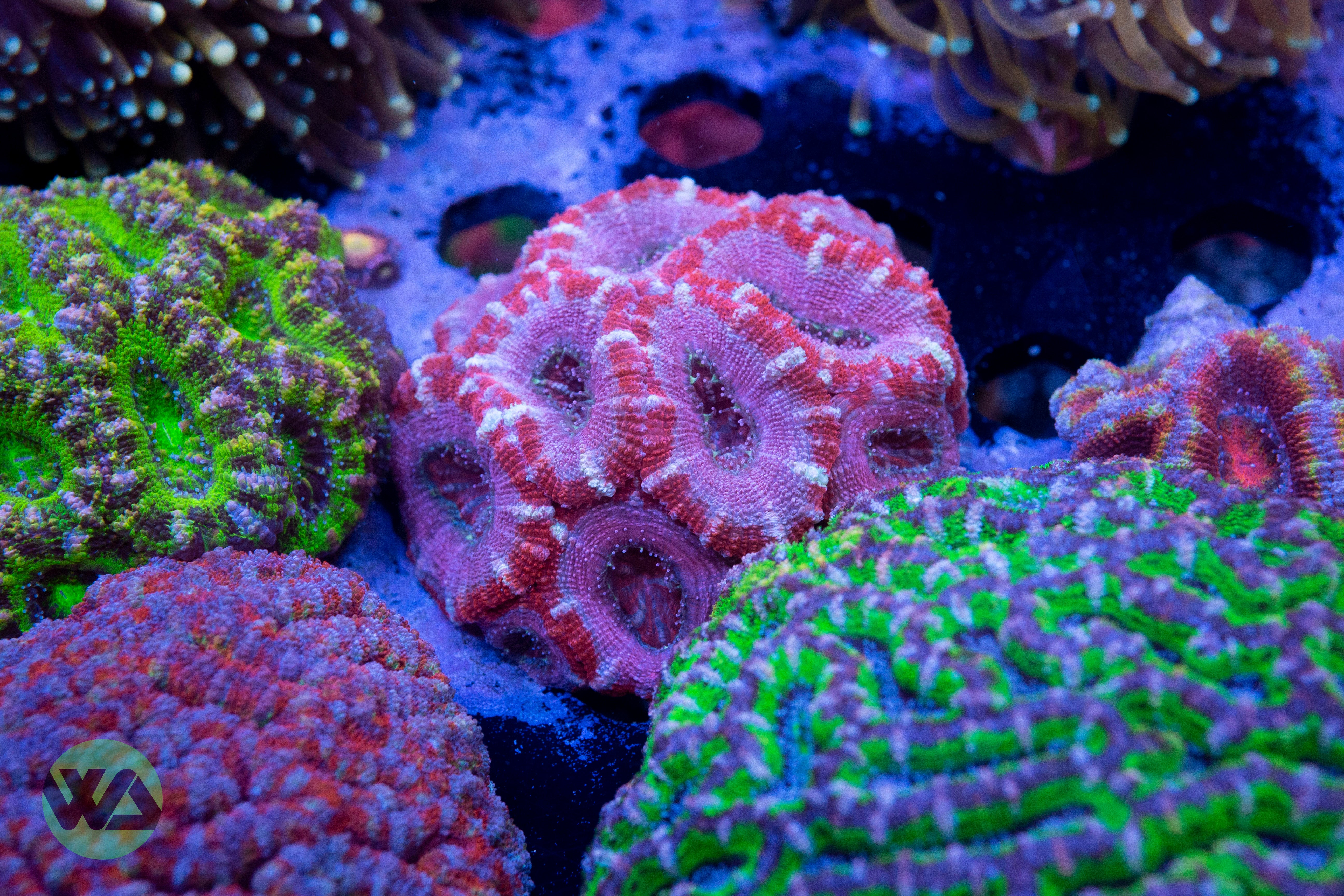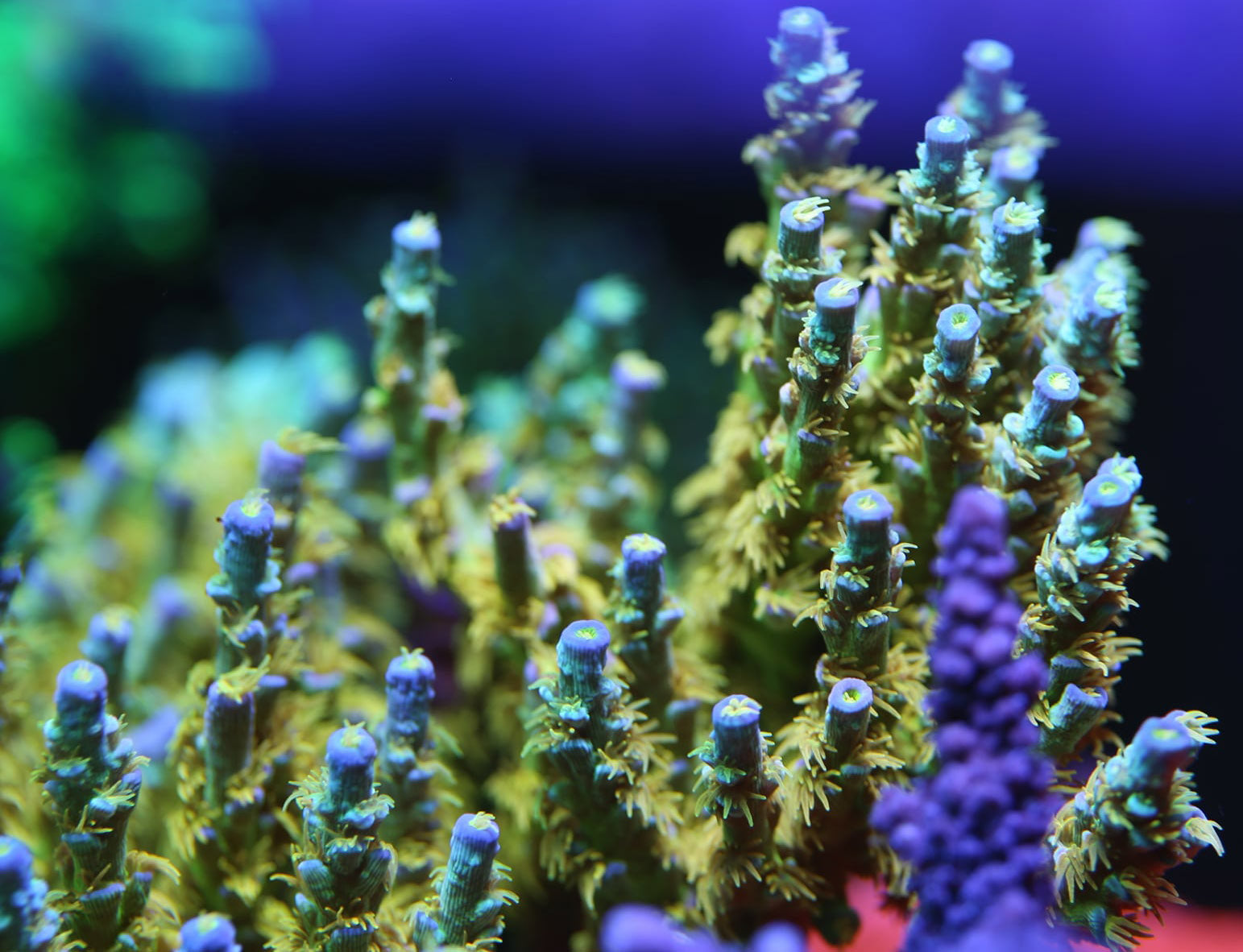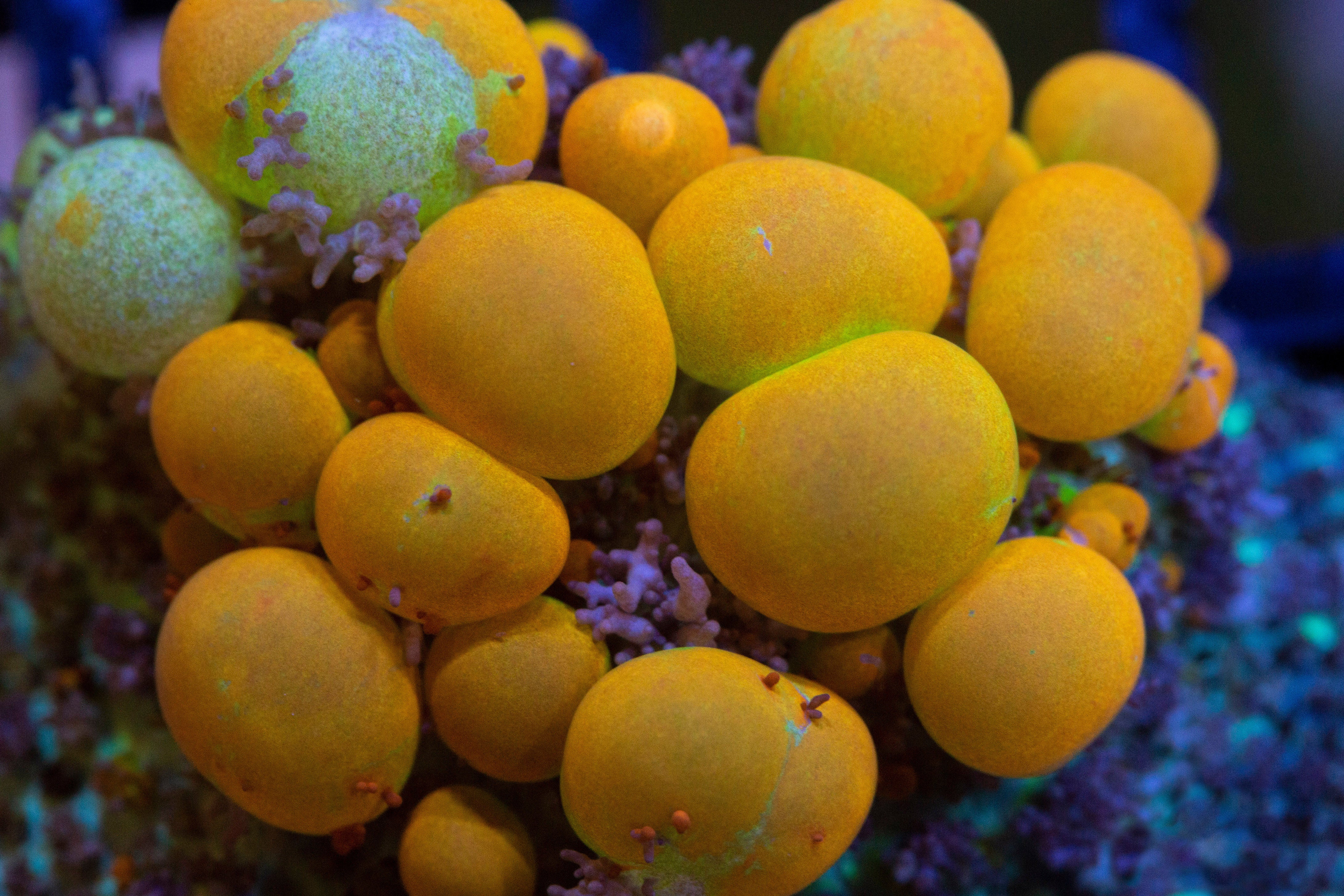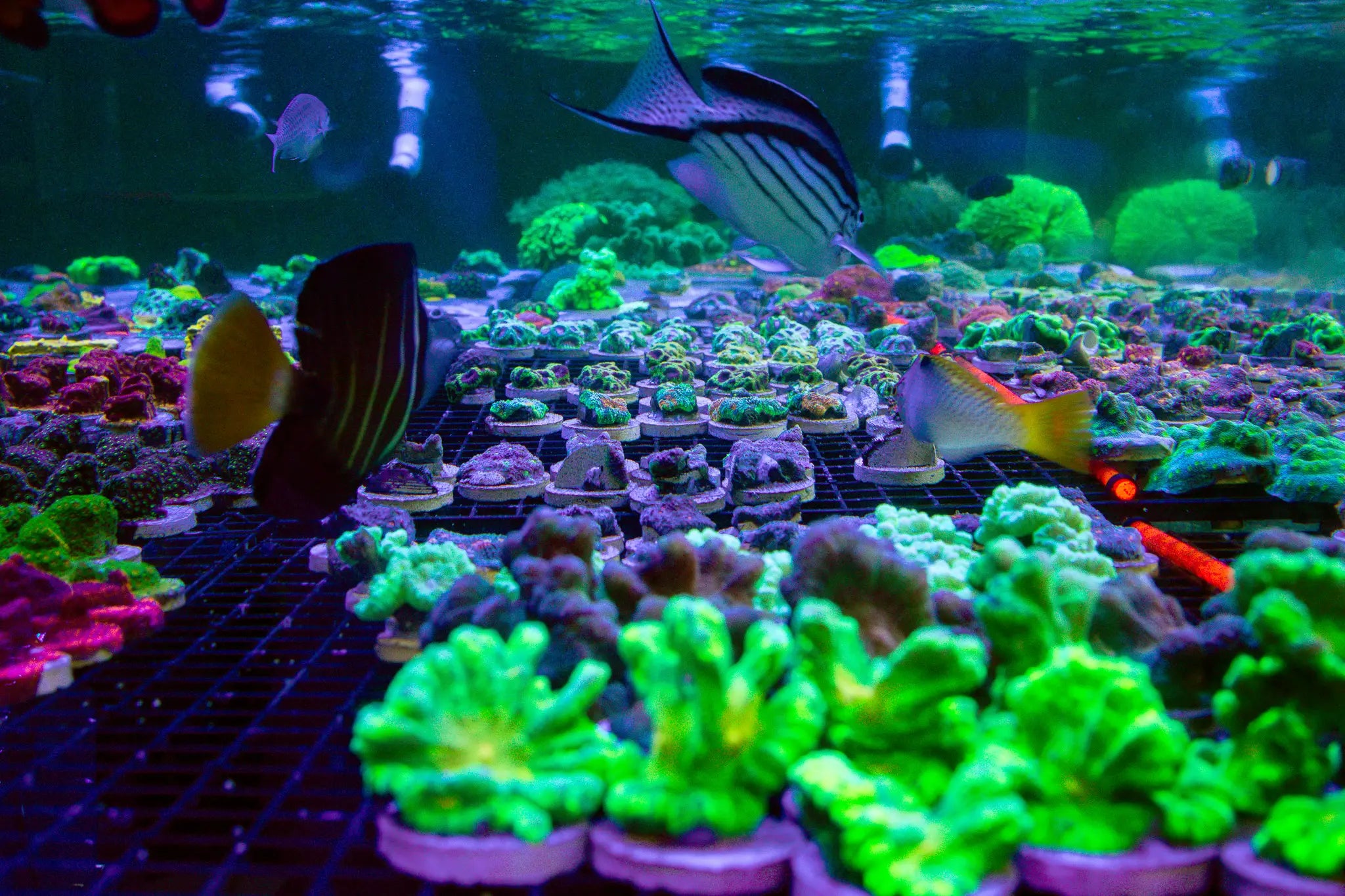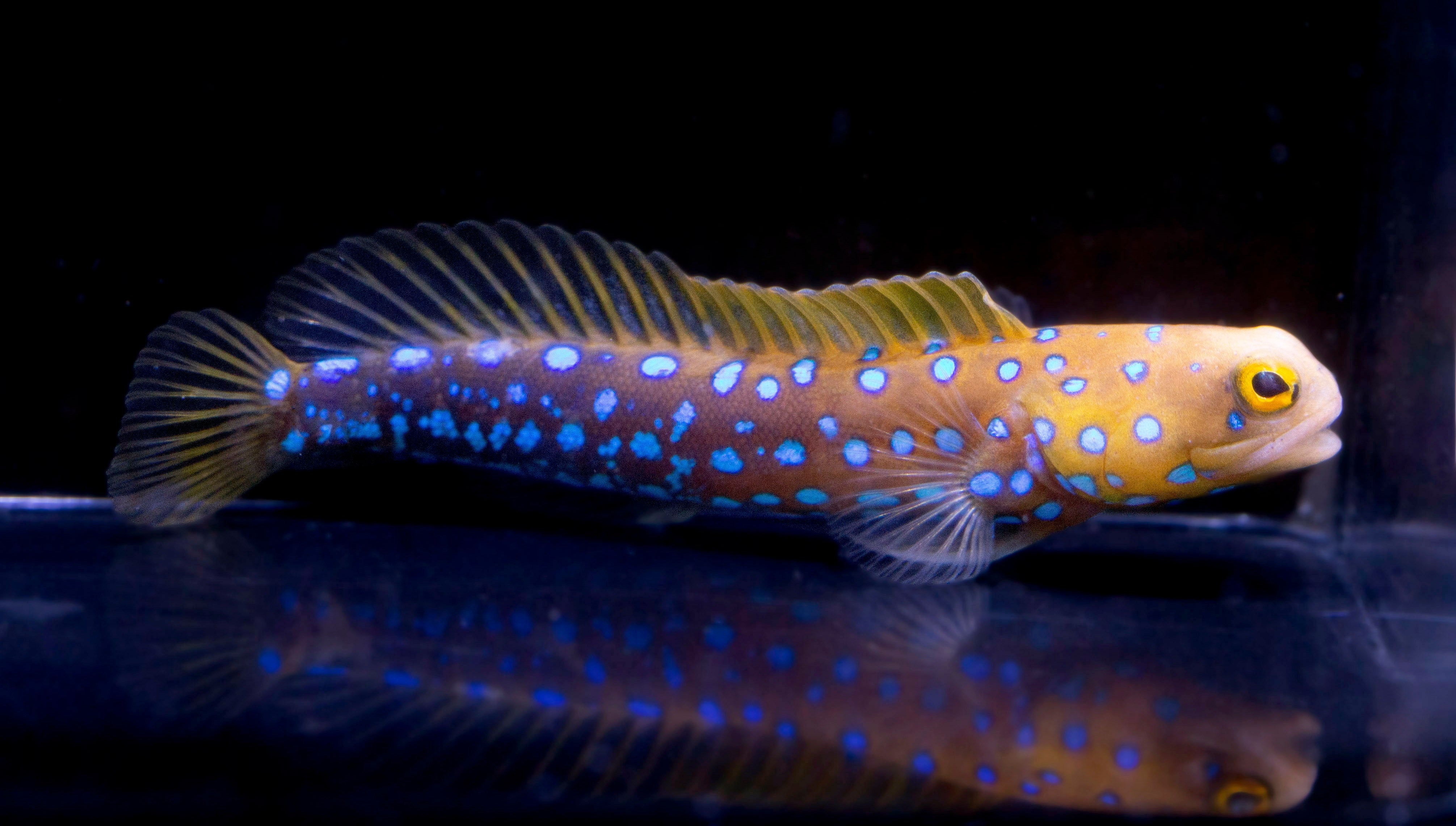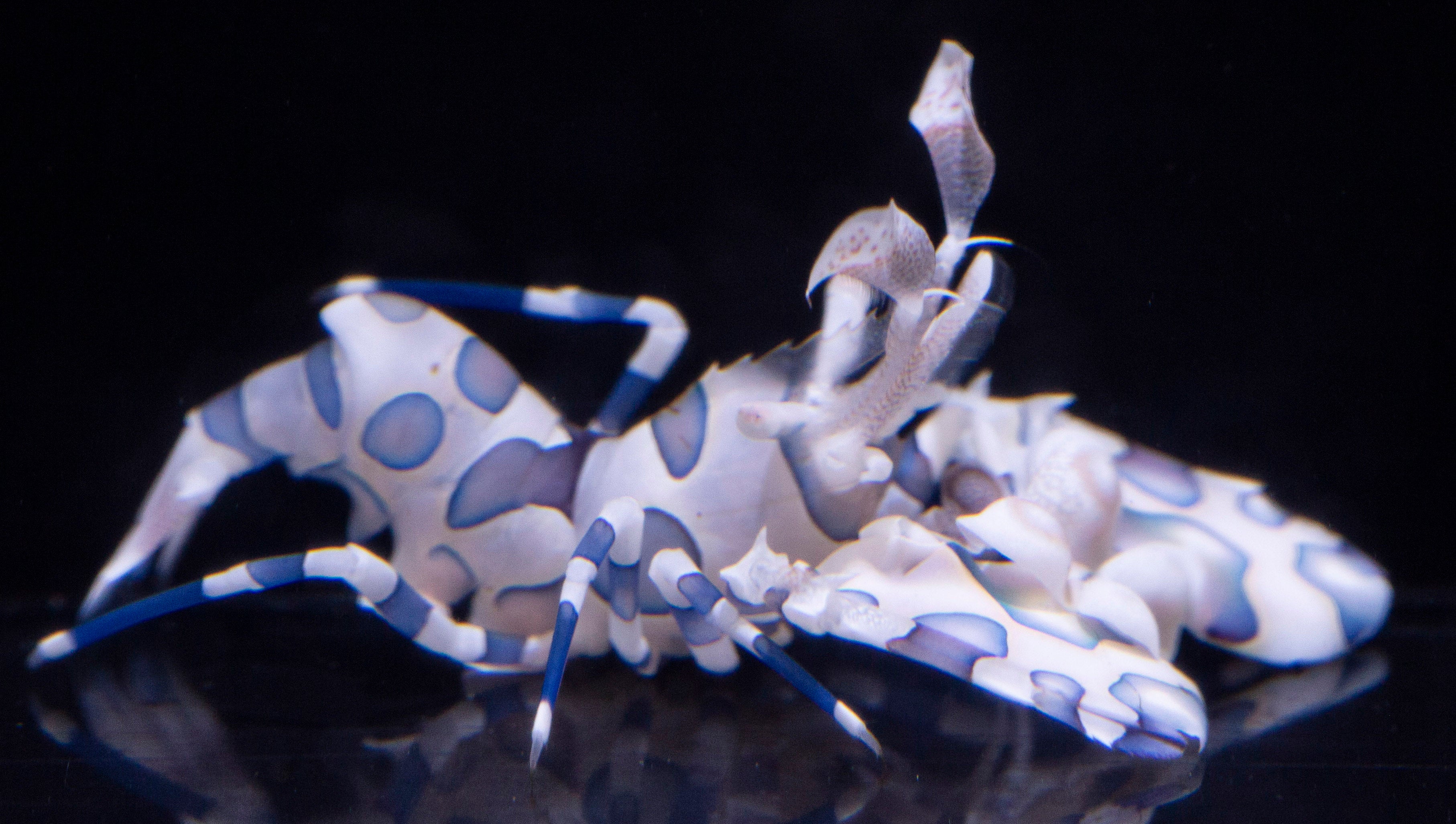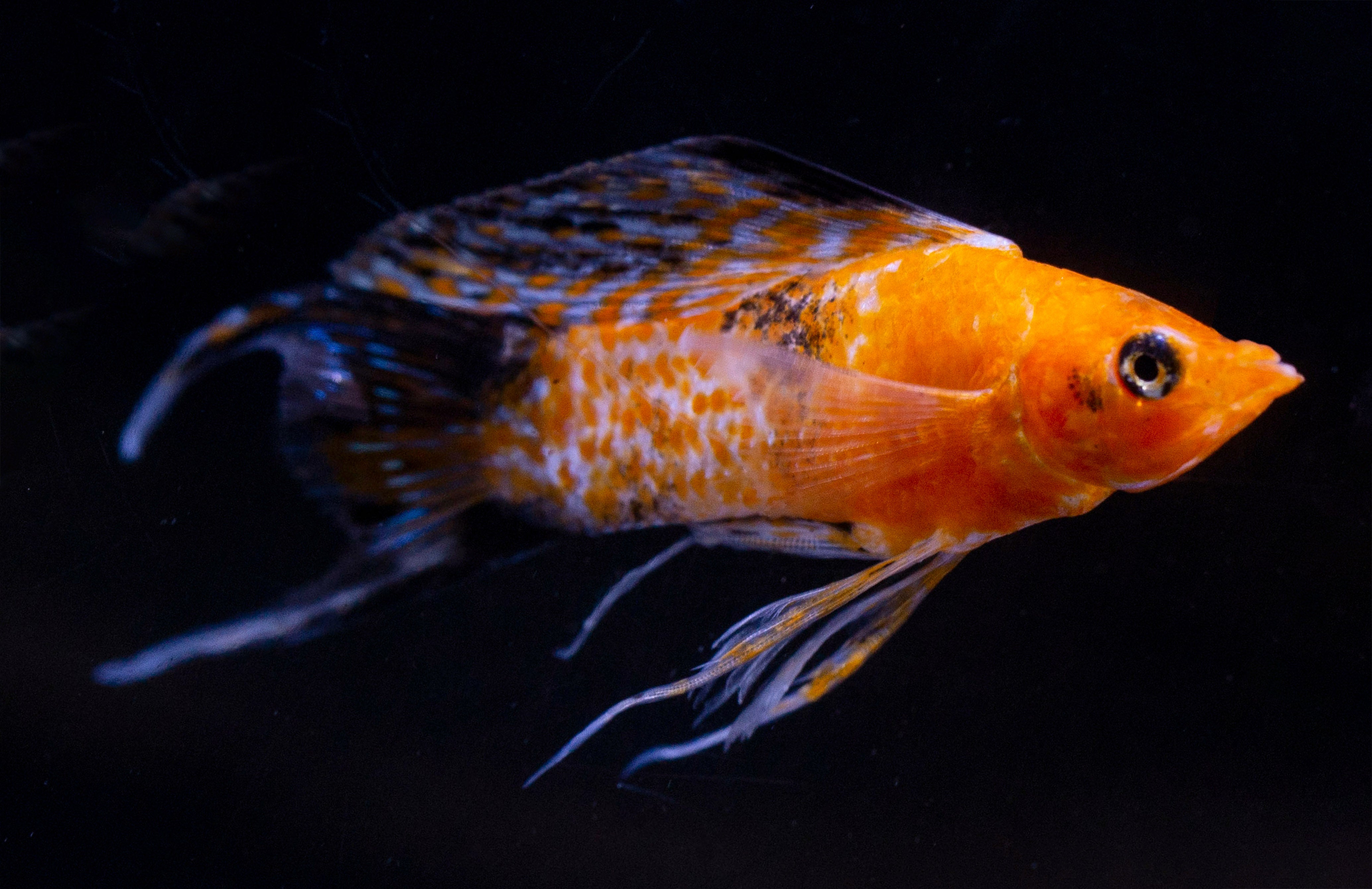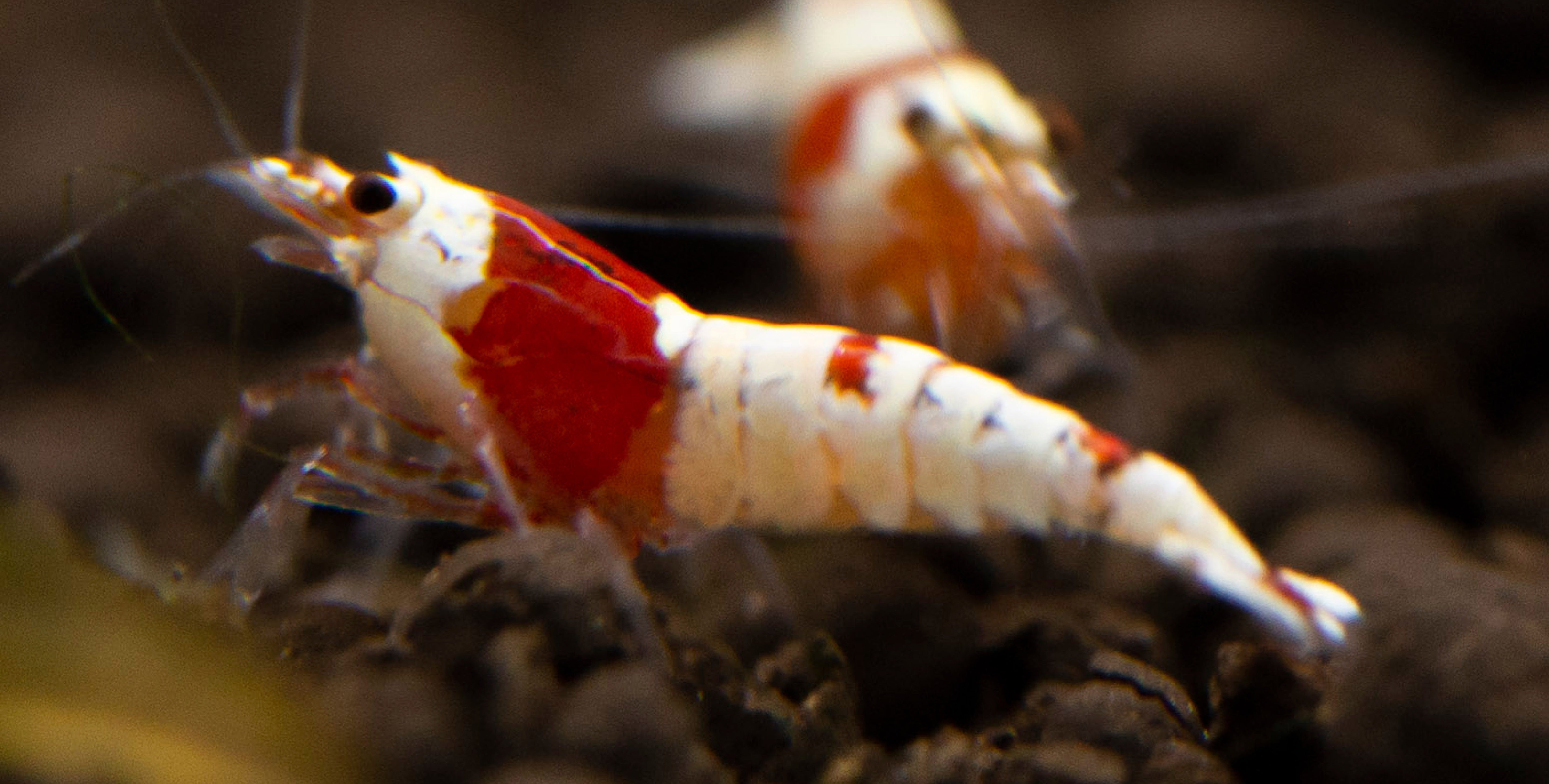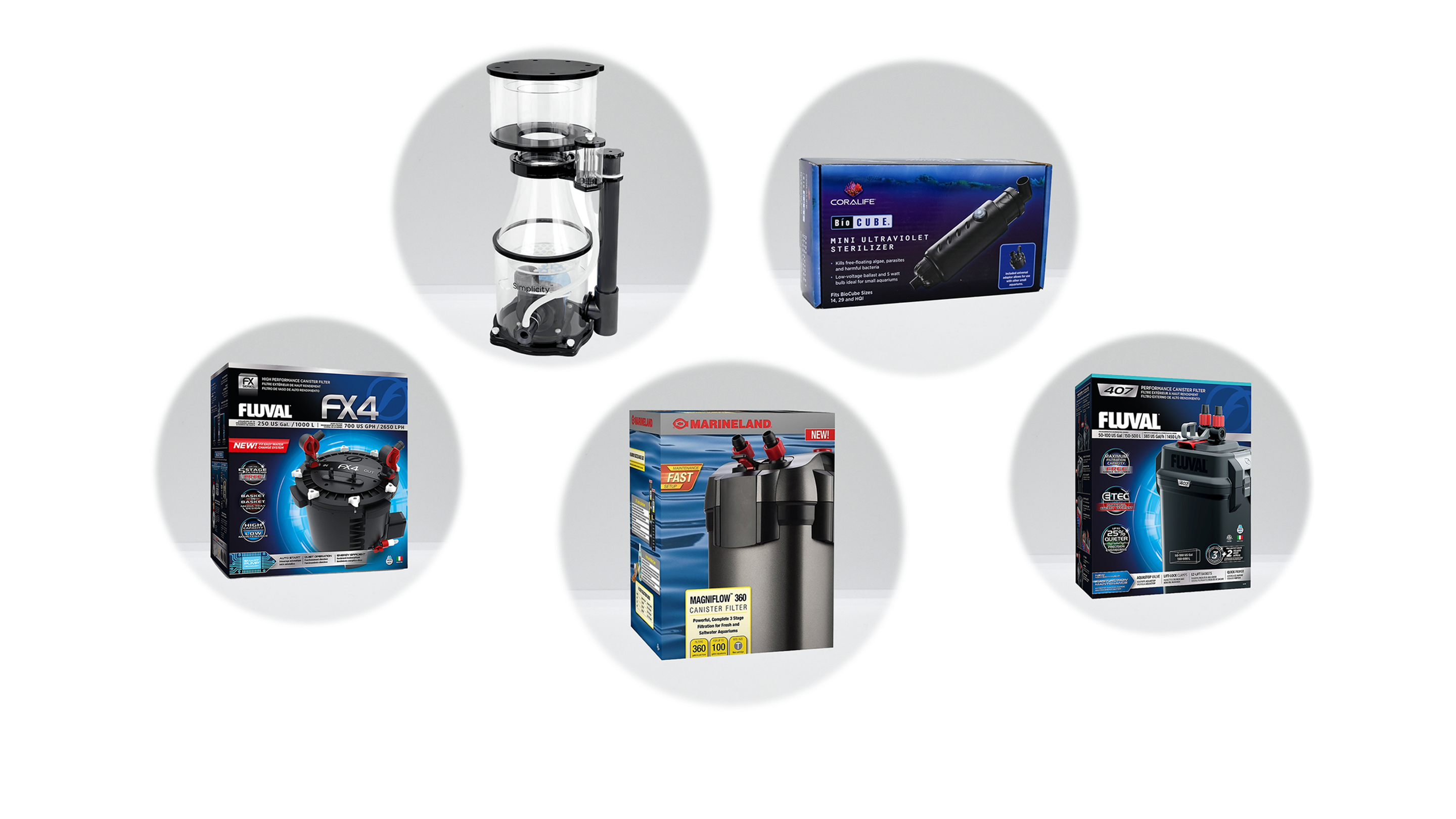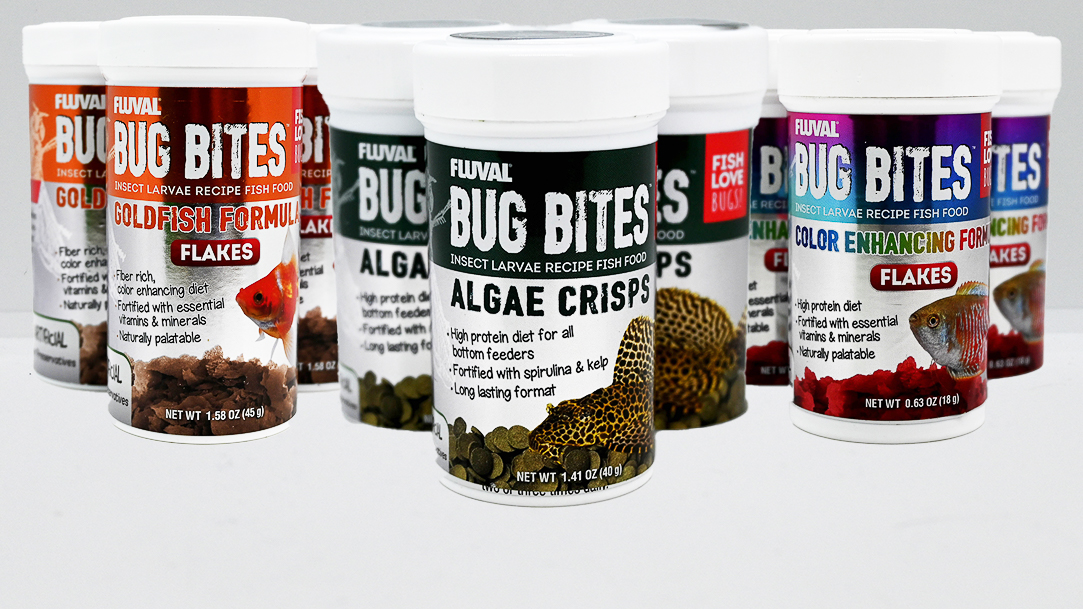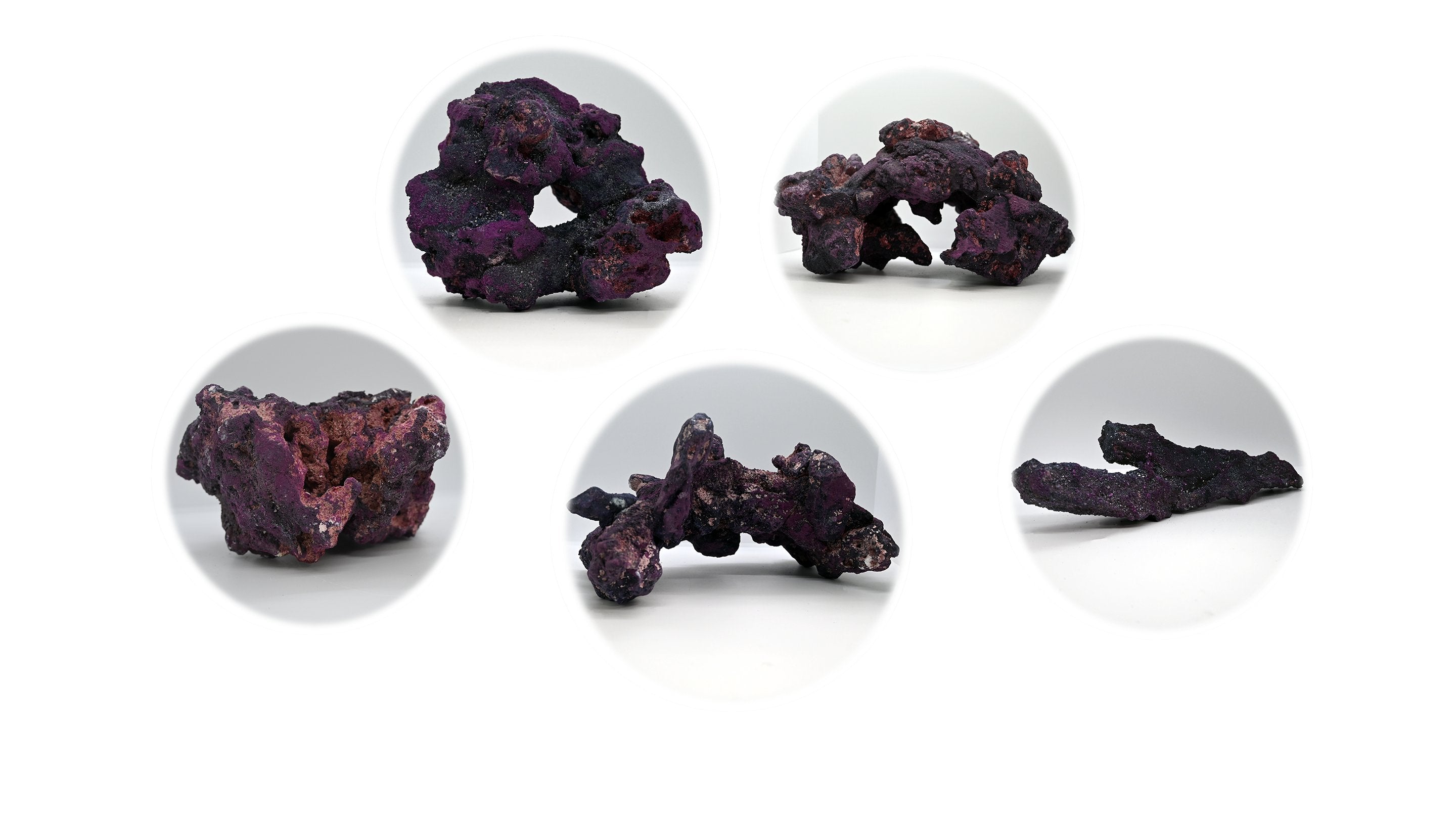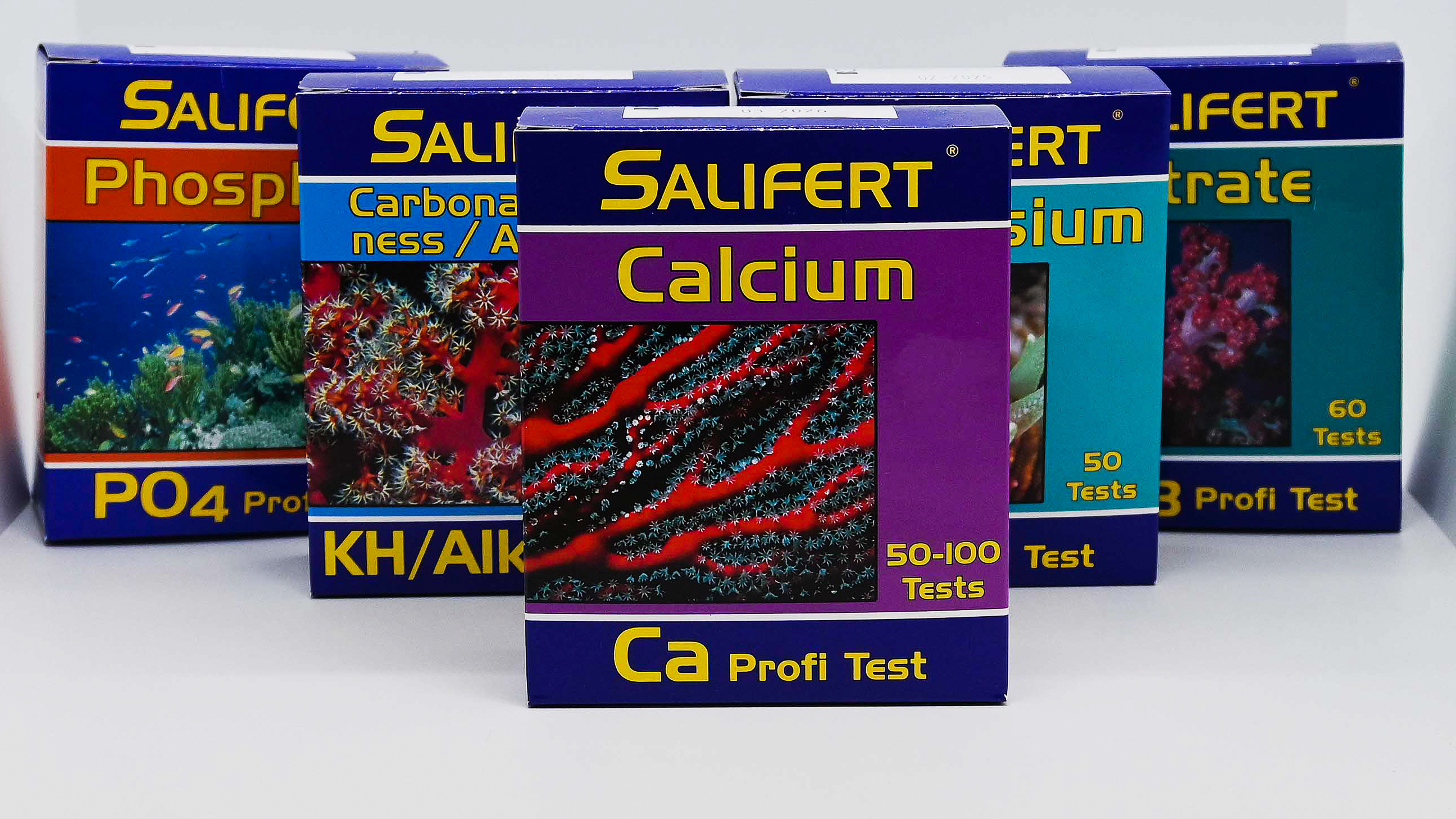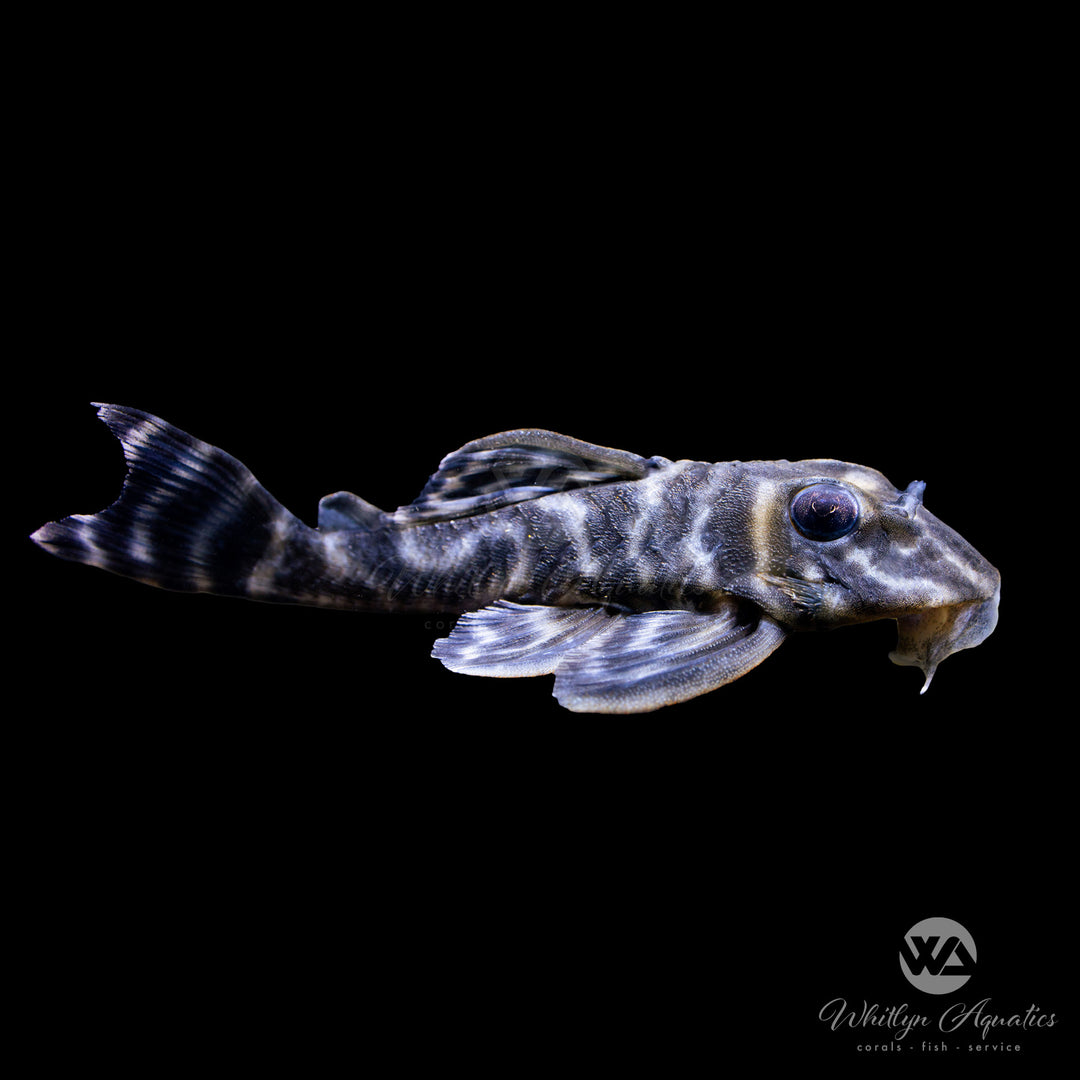
Yellow Zebra Pleco L199 - Hypancistrus Furunculus
- Low stock - 10 items left
- Backordered, shipping soon
Yellow Zebra Pleco L199 - Hypancistrus furunculus
The Yellow Zebra Pleco (Hypancistrus furunculus), commonly known as L199, is a striking freshwater fish renowned for its eye-catching appearance and engaging behavior. This unique pleco is a favorite among aquarists due to its vibrant coloration and relatively manageable care requirements.
Description:
• Common Name: Yellow Zebra Pleco, L199
• Scientific Name: Hypancistrus furunculus
• Family: Loricariidae
• Size: Typically grows to about 4-6 inches (10-15 cm) in captivity, with some individuals reaching larger sizes.
• Color: Features a striking black body adorned with bright yellow to gold stripes, creating a distinctive zebra-like pattern that makes it a standout in any aquarium.
Native Region:
The Yellow Zebra Pleco is native to the fast-flowing rivers of the Amazon Basin in South America, particularly found in Brazil. It thrives in rocky areas with plenty of hiding spots, where it feeds on algae and detritus.
Aquarium Setup:
• Tank Size: Minimum of 20 gallons (76 liters) is recommended, with larger tanks preferred to provide adequate space and hiding spots.
• Water Parameters:
• Temperature: 75-82°F (24-28°C)
• pH: 6.0-7.5
• Hardness: 2-15 dGH (soft to moderately hard water)
• Diet: Omnivorous; primarily feeds on algae, biofilm, and detritus in the wild. In captivity, it thrives on a varied diet that includes high-quality sinking pellets, algae wafers, and occasional protein sources such as frozen bloodworms or brine shrimp.
Care Level:
• Difficulty: Moderate
• Temperament: Generally peaceful but can be territorial, especially among males. It’s best kept with larger, non-aggressive fish to minimize stress.
• Lifespan: Approximately 10-15 years with proper care.
Behavior:
The Yellow Zebra Pleco is primarily nocturnal and enjoys hiding among rocks and driftwood during the day. They are active foragers and often seen grazing on algae during the night, making them a fascinating addition to community tanks.
Additional Tips:
• Tank Mates: Compatible with larger peaceful species such as cichlids, tetras, and other community fish. Avoid smaller fish that may be bullied or stressed by the pleco’s territorial nature.
• Breeding: Breeding in captivity can be challenging, but it can be attempted by providing a separate breeding tank with caves for the male to guard. Males will fan their eggs to keep them oxygenated.


